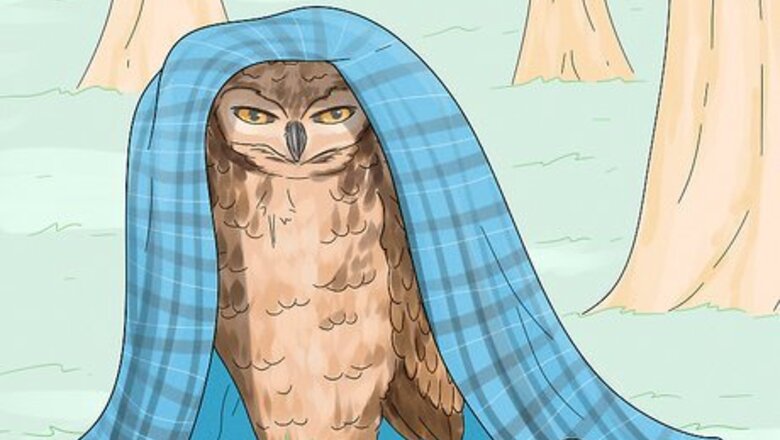
views
X
Research source
However, you can help out an injured owl or try attracting them to your property to give them a nice nesting space. If you do find an injured owl, call a wildlife rehabilitation center right away to get the owl the care it needs.
Caring for an Injured Owl
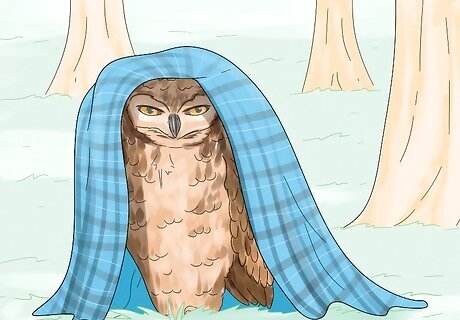
Throw a blanket over the owl if it’s on the ground. An injured owl will most likely be laying on the ground and may be unable to move. The owl may have been laying in this position for a long time, so it could be cold or weak. Throw a thick blanket over the owl’s entire body to keep it calm and contained.Warning: If you come across a seemingly abandoned chick but it doesn’t look injured, leave it alone. Mothers will often leave their babies while they hunt. If the owl doesn’t seem injured, it may just be hunting on the ground. Try getting close to it, and if it moves away from you, don’t bother it.
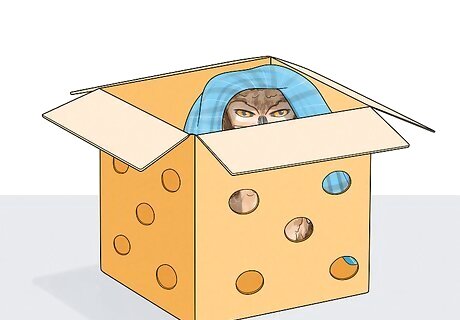
Put the bird into a cardboard box with holes in it. Pick up the owl gently around its middle, keeping the blanket over its head as you carry it. Choose a box that’s only slightly larger than the owl itself and poke some holes into the top and sides. Place the owl gently in the box and uncover its face so that it can breathe. Putting an owl in a box smaller than its body could cause more injury.

Put a bowl of water in the box in case the owl is thirsty. If the owl has been injured for a while, it may be dehydrated. Place a small bowl of water near the owl’s head in case it would like a drink. There’s a good chance the owl will be too weak to drink from a bowl, but it might.
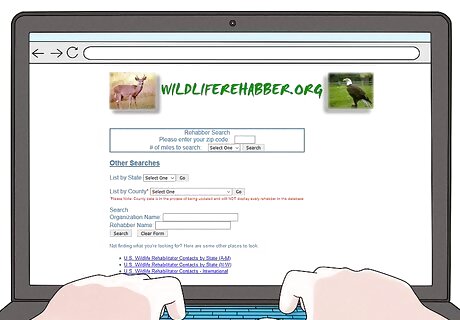
Contact a local bird rescue right away. Injured owls often need long-term rehabilitation and medical care before they can be released back into the wild. Once you have the owl safe and secure, call a bird rescue or wildlife rehabilitation center in your area for further instructions. You can find a wildlife rehabilitation center near you by visiting http://www.wildliferehabber.org/
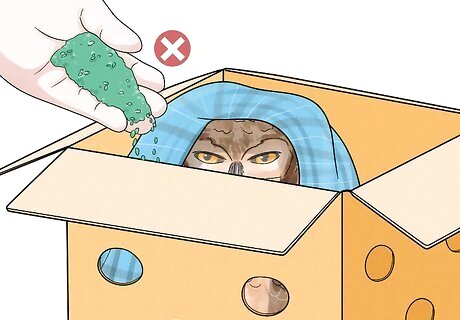
Avoid trying to force-feed or water the owl. Although the injured owl may be dehydrated or hungry, if you haven’t had experience feeding an owl before, you shouldn’t try to. Wait for a wildlife rehabilitation center to tell you where to bring the owl so it can get the help that it needs. If you attempt to force-feed or water the owl on your own, you could injure it further.
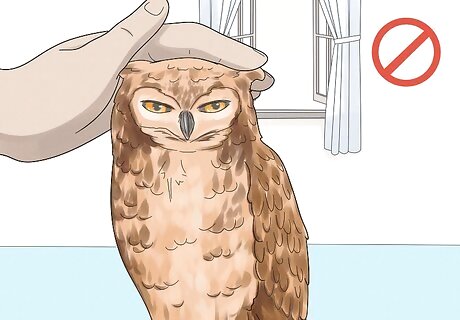
Avoid keeping an owl in your home as a pet. Injured owls need a lot of care and rehabilitation before they can be released into the wild, and you shouldn’t try to treat an owl by yourself. Hand over the owl to a rescue organization as soon as you can so they can nurse the owl back to health and release it into the wild. Owls are wild animals, meaning they can’t be domesticated. If you try to keep an owl as a pet, it will always show aggressive behavior, and it may get moody or depressed being stuck inside all the time.
Attracting Owls to Your Property
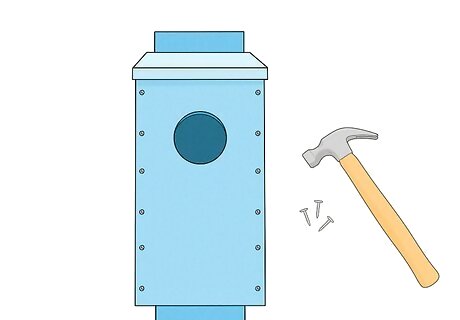
Build a nesting box out of plywood. Cut the plywood into 6 pieces that are 12 inches (30 cm) in width and 22 inches (56 cm) in length. Nail these pieces together so that they form a closed box, then cut out a hole in the front that’s about 4.5 inches (11 cm) wide and 3.75 inches (9.5 cm) tall. You can also buy plastic nesting boxes online that are easier to put together.
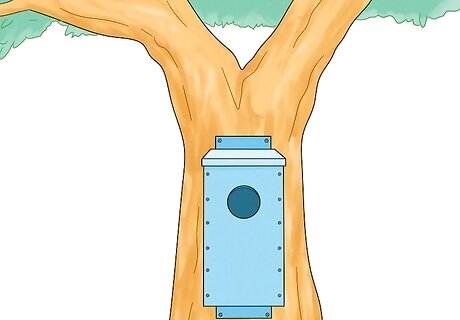
Attach the nesting box to a post or tree. Choose a spot that’s not super loud or noisy, and try to put it at least 12 feet (3.7 m) up in the air. Use a hammer and nails to attach your nesting box to a post or a tree on your property. Baby owls can be noisy, so try to place the box away from where you’ll be sleeping.
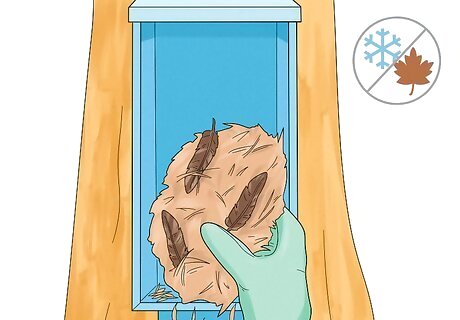
Clean the nesting box in the fall or winter. Take out any nesting materials that the owl brought in like twigs and feathers. Spray the box down with a bleach disinfecting spray, then wipe it out thoroughly with a paper towel.Warning: If you open up the box while a mother and babies are still inside, leave them be and come back when the box is empty. To avoid harming the owls, never use pesticides inside of the nesting box.
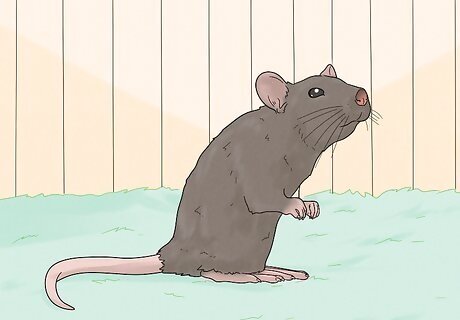
Welcome rodents into your yard. Most owls eat voles, mice, squirrels, and chipmunks. You can help owls find food by keeping a pile of sticks and twigs on your property. That way, small mammals will make their homes in the brush pile and the owls can hunt and eat them. Avoid using pesticides or rat poison in your yard, as this could harm the owls.
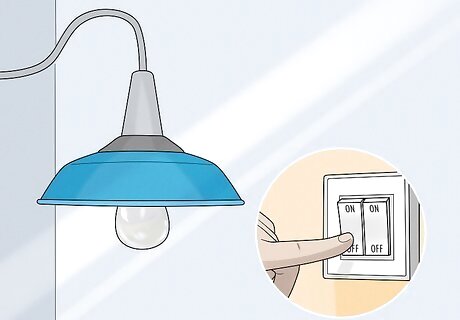
Turn your lights off at night. Outdoor lights, like porch lights and string lights, can deter owls away from your property. Try to turn off your lights when you go to bed so that owls feel comfortable hunting in your property. Owls are nocturnal animals, so they’ll be asleep during the day and won’t mind your lights then.
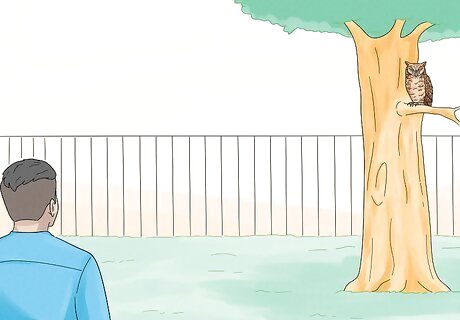
Keep a respectful distance if you do see owls on your property. Owls are fairly shy creatures, and they may fly away if you try to approach them. Listen for owls up in your trees and try to stay about 10 feet (3.0 m) away from them at all times so they feel safe. Try using a pair of binoculars to see an owl up close.











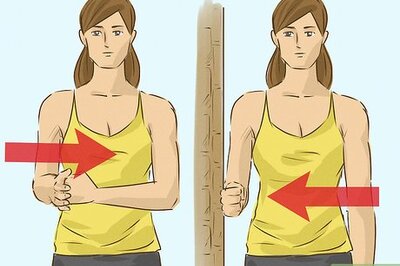
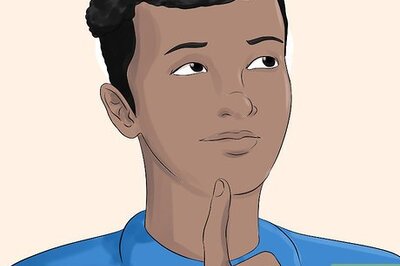
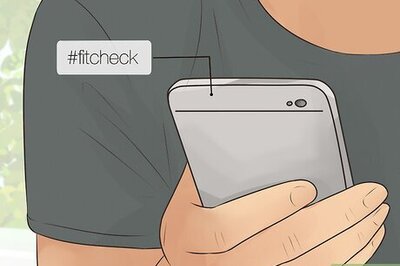



Comments
0 comment